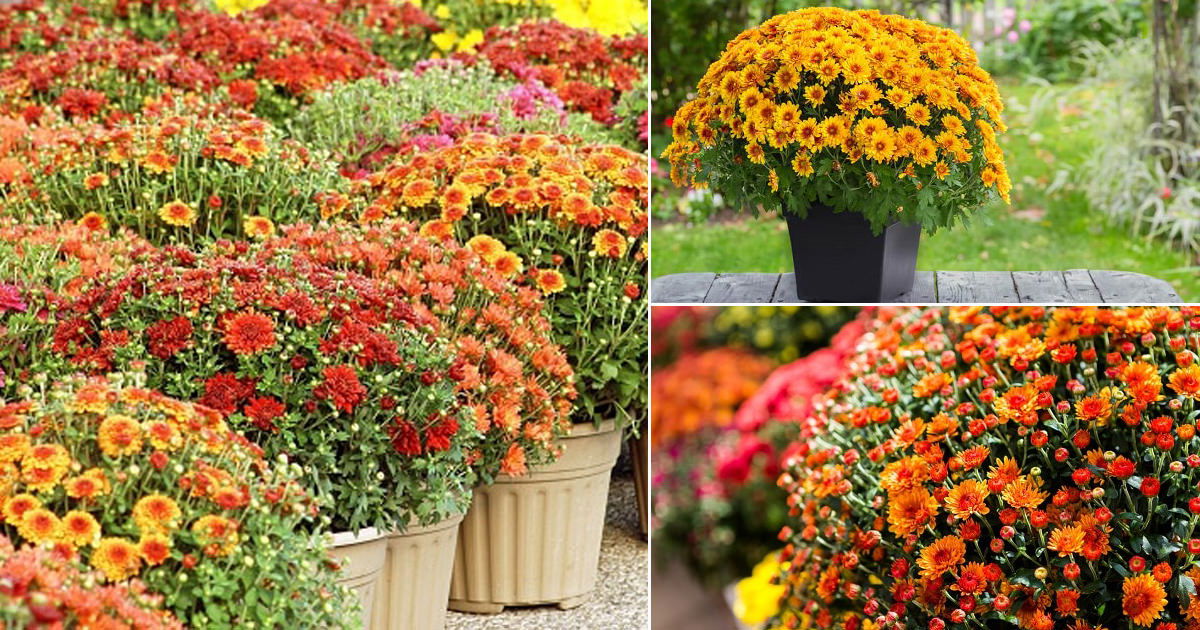The Annual Vs. Perennial Debate: Which Suits Your Gardening Style?

Table of Contents
Understanding Annual Plants: A Seasonal Burst of Color
Annual plants complete their entire life cycle – from seed to flower to seed again – within a single growing season. This means you'll need to replant them every year.
The Life Cycle of Annuals
Annuals germinate, grow, bloom, produce seeds, and then die all within the span of a few months. This rapid growth is what makes them so effective for quick bursts of color. Understanding this short life cycle is key to planning your annual plantings.
Benefits of Annuals
-
Wide Variety of Colors and Flower Types: Annuals offer an unparalleled spectrum of colors and forms. From the vibrant reds and yellows of zinnias to the delicate blooms of petunias and the cascading beauty of lobelia, the possibilities are endless. Zinnias, for example, boast a dazzling array of colors and sizes, while petunias are renowned for their prolific and long-lasting blooms. Impatiens, with their shade-loving nature, offer a cool contrast to sun-loving annuals.
-
Fast-Growing and Quick to Bloom: Annuals provide instant gratification. They quickly fill containers and garden beds, creating lush displays in a short amount of time. This rapid growth makes them ideal for achieving a dramatic effect in a season.
-
Ideal for Filling Gaps in Perennial Gardens: Annuals are perfect for filling in bare spots or adding pops of color amongst established perennials. They can act as temporary fillers until slower-growing perennials mature.
-
Excellent for Creating Seasonal Displays: You can easily change the look of your garden each season by planting different annuals. This flexibility allows for creative seasonal themes and ongoing visual interest.
Drawbacks of Annuals
-
Require More Frequent Planting and Maintenance: The short lifespan of annuals requires consistent replanting every year. This involves purchasing new seeds or plants, sowing or planting them, and regular weeding and watering.
-
Higher Initial Cost Compared to Perennials (if bought as plants, not seeds): While seeds are inexpensive, purchasing established annual plants can be more costly than buying perennial plants, especially when planting large areas.
-
Less Environmentally Friendly Due to Frequent Disposal: The constant need for replacement contributes to more waste compared to the long-term sustainability of perennials.
Exploring Perennial Plants: Long-Term Beauty and Low Maintenance
Perennials, in contrast to annuals, live for more than two years. They die back in the winter but return year after year, offering a long-term investment in your garden's beauty.
The Longevity of Perennials
The defining characteristic of perennials is their ability to persist through multiple growing seasons. Once established, they require less attention than annuals, rewarding you with years of blooms. This long-term perspective makes them an attractive choice for many gardeners.
Benefits of Perennials
-
Less Work Once Established: After the initial planting and establishment period, perennials require minimal maintenance. This makes them ideal for busy gardeners or those seeking a low-maintenance approach.
-
Cost-Effective in the Long Run: Although the initial investment might be higher, perennials save you money in the long run by eliminating the need for annual replacements.
-
Contribute to Environmental Sustainability: Perennials require less frequent planting, reducing the environmental impact associated with production and disposal.
-
Provide Structure and Continuity in the Garden: Perennials offer a stable backbone to your garden design, providing consistent structure and visual interest year after year. Coneflowers, for example, offer reliable late-summer blooms, while daylilies bring a vibrant splash of color throughout the growing season. Hostas, with their attractive foliage, provide textural interest even when not in bloom.
Drawbacks of Perennials
-
Slower to Establish: Perennials take time to mature and reach their full potential, meaning you won’t see immediate results like you would with annuals.
-
May Require More Specific Soil and Growing Conditions: Certain perennials have particular needs regarding soil pH, drainage, and sunlight exposure. Understanding these requirements is crucial for successful cultivation.
-
Potential for Disease or Pest Problems: Perennials, like any plant, can be susceptible to diseases and pests. Regular monitoring and preventative measures are important.
-
Some Might Require Division or Pruning: To maintain their vigor and prevent overcrowding, some perennials might need division or pruning every few years.
Annuals vs. Perennials: Choosing the Right Plants for Your Garden
Choosing between annuals and perennials depends on various factors.
Considering Your Gardening Style
-
Beginner Gardeners: Annuals offer a low-pressure entry point, allowing for experimentation and immediate visual rewards.
-
Experienced Gardeners: Perennials provide opportunities for long-term garden planning and development, creating a more established and diverse landscape.
-
Low-Maintenance Gardeners: Perennials, once established, offer a more hands-off approach.
-
High-Maintenance Gardeners: Annuals offer the flexibility to create constantly changing and elaborate displays.
Evaluating Your Garden Conditions
Consider the amount of sunlight your garden receives, the type of soil, your local climate, and the available space. Some perennials thrive in full sun, while others prefer shade. Similarly, annuals have varying light and soil preferences.
Balancing Annuals and Perennials
The best approach often involves combining annuals and perennials. Annuals can fill in gaps and provide seasonal color accents, while perennials form the structural foundation of your garden. Imagine a border of vibrant petunias (annuals) framing a backdrop of robust coneflowers (perennials) – a beautiful blend of both worlds.
Making the Right Choice for Your Garden – Annuals or Perennials?
The annual vs. perennial decision hinges on your gardening style, time commitment, and desired aesthetic. Annuals provide immediate color and impact, while perennials offer long-term beauty and sustainability. Weigh the pros and cons carefully, considering factors like maintenance levels, budget, and your garden's specific conditions. Whether you choose the vibrant bursts of annuals or the enduring elegance of perennials, or a beautiful combination of both, remember to choose the perfect annual or perennial for a thriving and satisfying garden. Start planning your garden today and weigh the annual vs perennial options to achieve the garden of your dreams!

Featured Posts
-
 Tfasyl Antqal Jwnathan Tah Ila Bayrn Mywnykh
May 29, 2025
Tfasyl Antqal Jwnathan Tah Ila Bayrn Mywnykh
May 29, 2025 -
 Elon Musks Space X Upcoming Starship Launch And Texas Test Status
May 29, 2025
Elon Musks Space X Upcoming Starship Launch And Texas Test Status
May 29, 2025 -
 Regi Bukszaban Rejlo Ertekek Mit Erdemes Keresni
May 29, 2025
Regi Bukszaban Rejlo Ertekek Mit Erdemes Keresni
May 29, 2025 -
 Chinese Bridge Competition Jordans Amman Holds Final Event
May 29, 2025
Chinese Bridge Competition Jordans Amman Holds Final Event
May 29, 2025 -
 Schietincident Venlo Man Komt Om Het Leven
May 29, 2025
Schietincident Venlo Man Komt Om Het Leven
May 29, 2025
Latest Posts
-
 Nereden Izlenir Augsburg Bayern Muenih Macini Canli Seyretme Rehberi
May 30, 2025
Nereden Izlenir Augsburg Bayern Muenih Macini Canli Seyretme Rehberi
May 30, 2025 -
 Bayern Muenih Augsburg Maci Canli Yayin Bilgileri Ve Izleme Secenekleri
May 30, 2025
Bayern Muenih Augsburg Maci Canli Yayin Bilgileri Ve Izleme Secenekleri
May 30, 2025 -
 Augsburg Bayern Muenih Macini Canli Olarak Izlemenin En Iyi Yollari
May 30, 2025
Augsburg Bayern Muenih Macini Canli Olarak Izlemenin En Iyi Yollari
May 30, 2025 -
 Fca Augsburg Neuer Torwart Garteig Kommt Von Ingolstadt
May 30, 2025
Fca Augsburg Neuer Torwart Garteig Kommt Von Ingolstadt
May 30, 2025 -
 Reporte Caida De Ticketmaster El 8 De Abril Grupo Milenio
May 30, 2025
Reporte Caida De Ticketmaster El 8 De Abril Grupo Milenio
May 30, 2025
